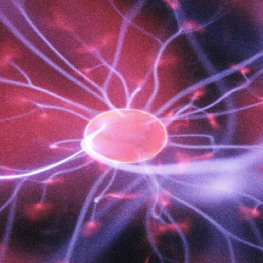Plasma treatment of textiles is considered as an eco technology, since it is used in functionalizing different materials in a dry state without/with minimum added chemicals in relatively short time Unlike conventional wet and chemical processing, plasma treatment does not require the use of solvents or water, and it is a non destructive technology overall.
By using different elements and gases, different functionalities can be acquired on the treated surfaces in the last decade, numerous types of plasma have been used to treat textile materials made from all kinds of fibers ( synthetic and regenerated), using a variety of gases and gas mixtures, to change the wettability and surface energy of textiles like wool, PET, cotton, silk, aramid, acrylic, carbon and PA 6.
It was additionally used to increase fiber matrix adhesion in composite materials (based on carbon especially), and to improve energy efficiency in flow batteries, through integration of new functional groups at these surface.
The important property of plasma is that it mainly affects the exposed surface, which guarantee maintained properties of the bulk material while modifying surface properties.
Hence, plasma treatment is an important technology to develop and upgrade the advanced manufacturing processes of textile materials, in step forward towards sustainability and resource efficient methods with added economical value.
Keywords:
Plasma treatment, Textile, Surface modification, Dry technologies







